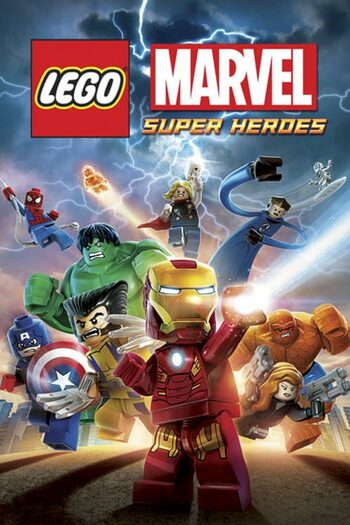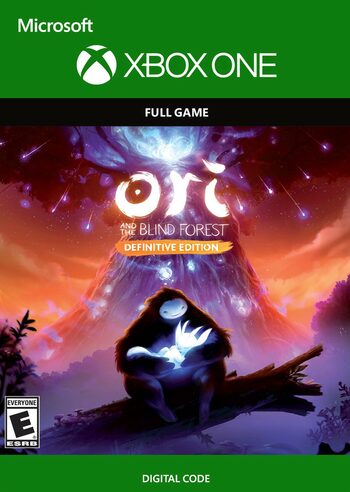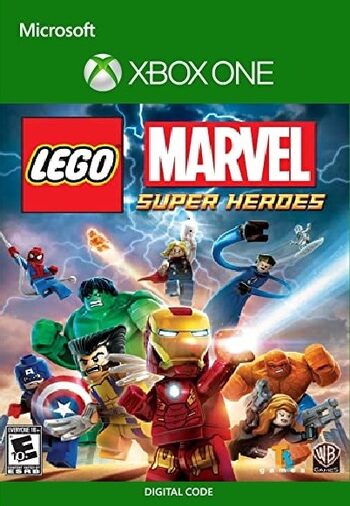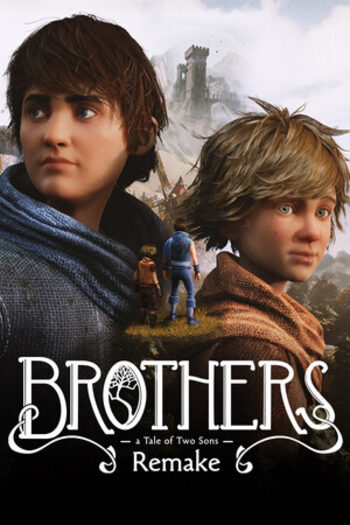- Áruház
- Kategóriák
- Játékok
- Fejtörő
Puzzle games
- Típus
- Műfajok
- Régiók
- Clear all
Érdekelhet még:
- Xbox játékok
- PSN Játékok
- Játékok
- Nintendo
- Indie
- Akciójátékok
- Kalandjátékok
- RPG
- Stratégiai
- Szimulátor
- FPS/TPS
- Versenyzős
- Sport
- Platform
- Verekedős
- Point-Click
- Árkád
- Hack Slash
- MMO
- Music Games
- Oktatási játékok
- Singleplayer
- Többjátékos
- Local Co-Op
- Split Screen
- Third Person
- Side Scroller
- Bird View
- Virtual Reality
- Horrorjátékok
For those players who like to use their brains to the fullest while playing, puzzle video games are the best option! With these games, you will have to solve various puzzles and use your mind in a new way to achieve victory. Get to know the genre and the best puzzle games firsthand with our guide!
What are puzzle game features?
This kind of video game emphasizes solving various puzzles. They test problem-solving skills, such as logic, pattern/spatial recognition, sequence solving, and word completion. There are a lot of different puzzle video games, from simple to intricate and even cinematic. Some of them have a decent storyline, while others have interesting mechanics and world design.
Kinds of puzzle video games
From all the kinds of this type of games, these are the main, most common kinds:
- Physics. This kind of game requires players to use the game’s physics and environment to complete puzzles. These games use consistent physics in order to make them more challenging. There are a lot of physics puzzle games on the mobile game market. This kind of game is used by educators to show the principles of physics. Examples of physics games are Portal, The Talos Principle, The Witness, Braid, Fez, World of Goo, Angry Birds, and Cut the Rope;
- Coding. These are logical puzzle-solving games that require some programming elements. Examples of coding games are The Incredible Machine, SpaceChem, and Infinifactory;
- Exploration. There are a few kinds of exploration games, including point-and-click, that are similar to adventure games and walking simulators, where the player has to explore a set zone and find something. These games require inductive reasoning in order to progress. The style of puzzles in exploration games requires players to guess and check before solving, to reveal more of a puzzle. Examples of exploration games are Myst, Limbo, Monument Valley, and The Room;
- Hidden object. Also known as hidden object puzzle adventures (HOPA), these games require players to find certain hidden items from a list. This kind of puzzle game is popular among casual gamers;
- Tile-matching. Here, the player must manipulate tiles to make them disappear according to a matching criterion. In some tile-matching games, the player must swap pieces, other games adapt the classic tile-based Mahjong game. There are also games where the player has to shoot the pieces on the board. Tile-matching games examples include Lumines, Chain Shot!, Bejeweled, Candy Crush Saga, Zuma, and Threes.
Best puzzle games to play
PC, Xbox, Nintendo Switch, PS4 puzzle games – we got them all! There are a lot of good and attention-worthy games, but we present you the most significant titles:
- Portal. Created in 2007 by Valve, Portal was an immediate success, but the second installment Portal 2 stole the hearts of millions of players across the globe. Portals are first-person puzzle games for PC, where players have a portal gun, which can create portals on certain surfaces. That is a crucial part to solve various puzzles. Furthermore, there is a decent story, characters, and a very strange atmosphere. You can play Portal 2 with a friend, so it’s a perfect co-op puzzle game!
- Angry Birds. Probably one of the most popular mobile video games, Angry Birds offers physics-based puzzles, where players have to destroy platforms of enemies by throwing birds at them. The first Angry Birds game was released in 2009, but there are a ton of various main-line and spin-off titles of the series;
- Braid. It’s a puzzle-platformer, developed by Number None in 2008. Immersing players in a story where the protagonist has to save a princess, the game features a time manipulation mechanic, as well as platforming sections;
- Fez. An infamous puzzle-platformer by Polytron Corporation, released in 2012, Fez is a very unique indie title, where players have to navigate through colorful levels and have an ability to rotate the camera, thus changing angles and perspective of view;
- Limbo. An atmospheric indie title, made by Playdead in 2010. It’s a 2D platformer with a physics system. The main protagonist of Limbo is a boy who searches for his lost sister. The game is kind of dark, involving interesting physics-based puzzles;
- Myst. A graphic adventure puzzle game developed by Cyan in 1993, Myst is one of those classic titles that are remembered to this day. In this game, the player has to travel through the book into an island called Myst, from where they can travel to 4 different worlds and solve mysteries;
- The Talos Principle. Released in 2014 by Croteam, The Talos Principle is a puzzle video game with a deep storyline, where the player takes the role of a robot with a human-like consciousness. The game offers environments that contain more than 120 puzzles.
History of puzzle video games
Here is a brief history of this genre:
- The 1980s. Space Panic (1980) released in arcades by Universal Entertainment inspired such puzzle-platform games as Lode Runner (1983), Door Door (1983), and Doki Doki Penguin Land (1985). However, Tetris was the game that revolutionized and popularized the puzzle genre. It was created by Soviet game designer Alexey Pajitnov in 1984 and released by Spectrum Holobyte for MS-DOS in 1987 as well as Atari Games in arcades in 1988 and sold 30 million copies for Game Boy.
- The 1990s. In 1991, the Lemmings, a game where the player has to assign jobs to specific creatures called lemmings to guide them to a safe destination, was released. Players began to use the mouse to play puzzle video games when Minesweeper was released with Windows 95 OS.
- The 2000s. PopCap Games released an enhanced version of the 1994 MS-DOS game Shariki in 2001. In the game players have to touch groups of jewels on a grid, causing them to disappear, then new stones fall into their place. This mechanic was a foundation for such popular puzzle titles as Candy Crush Saga and Puzzle & Dragons, both released in 2012. The popularity of physics-based logic puzzle games started with the release of Portal (2007) by Valve.







